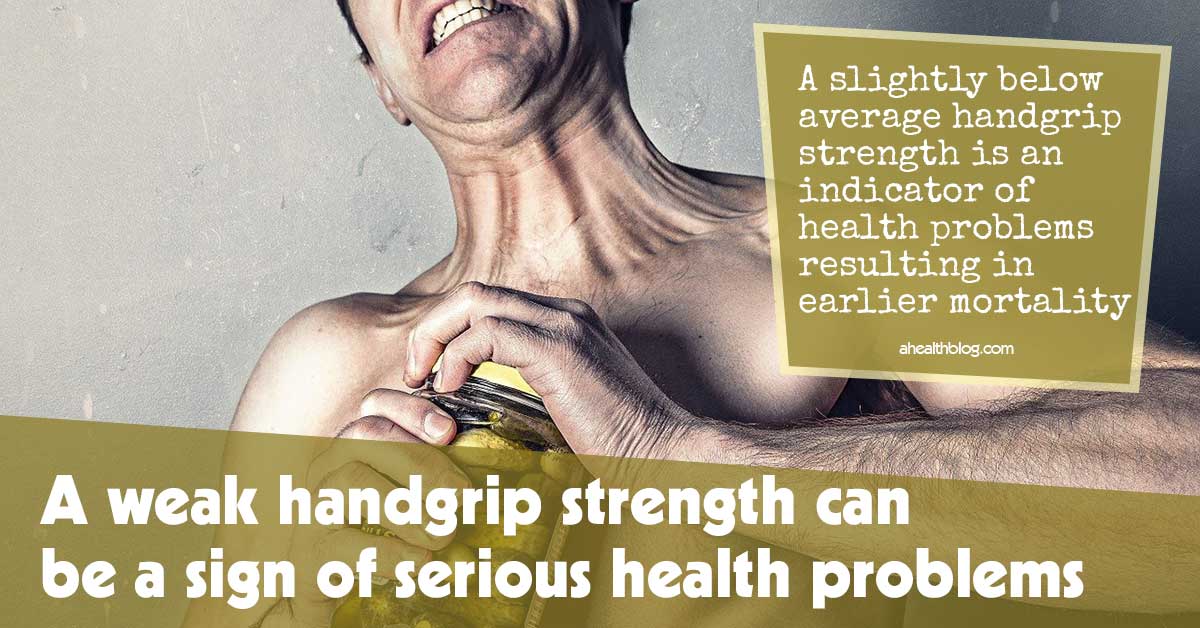Muscle strength is an effective mortality predictor that can be evaluated inexpensively and quickly by measuring handgrip strength, which is a helpful screening tool for various health issues.
If an individual’s handgrip strength is low, it may be a sign of underlying health problems, and not just in older people: handgrip strength has been linked to health problems in younger adults. Many studies have found that low handgrip strength could be a health problem manifestation associated with lung and heart problems. Some research has also observed that individuals with low handgrip strength have a reduced life expectancy.
Researchers set out to determine at what handgrip strength level a physician ought to consider sending an individual for further testing. The study results provided standardized thresholds directly associating handgrip strength with life expectancy, therefore allowing for the detection of a higher risk of mortality sooner.1✅ JOURNAL REFERENCE
DOI: 10.1136/bmjopen-2021-058489
Handgrip strength generally varies according to the height, age, and gender of an individual. The researchers wanted to determine the threshold associated with handgrip strength that could alert a practitioner to carry out more examinations if an individual’s handgrip strength is under this threshold. It’s comparable to blood pressure measurement. When blood pressure levels are outside of a certain range, the physician can decide to either recommend a specific medication or to send the individual for additional testing.
A dynamometer squeezed with 1 hand is used for handgrip strength measurement. For the study, the individual was instructed to squeeze twice with each hand, with the strongest squeeze used for measurement. This process requires a special protocol as the values are dependent on whether the test was carried out in a sitting or standing position, amongst other factors.
In comparison to earlier research, the researchers compared the handgrip strength of the individuals with people who’re comparable in terms of body height, age, and sex. The results reveal a mortality risk increase at a threshold that’s more sensitive in comparison to that determined in earlier research. The results in fact reveal that a slightly below average handgrip strength of a comparable population is an indicator of health problems resulting in earlier mortality. A stronger handgrip in comparison to other individuals of the same body height, age, and sex wasn’t found to reduce the risk of mortality.
It’s important to mention that the researchers aren’t suggesting that individuals should especially train handgrip strength to reduce mortality risk. If handgrip strength is improved by exercising, there more than likely won’t be any or hardly any impact on overall health. Low handgrip strength could however serve as a disability indicator because it’s reflective of low muscle strength that’s linked to a higher mortality risk.




